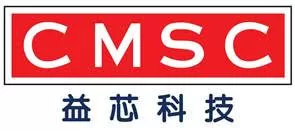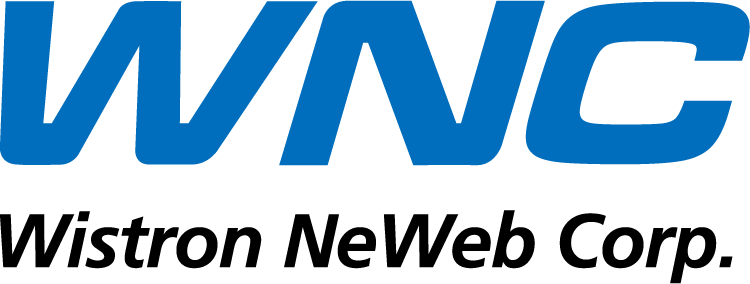Journal
Sensors and Actuators A: Physical
IF: 3.407 (2021)
DOI:
doi.org/10.1016/j.sna.2021.113330
Keywords:
Heterogeneous Bonding, PDMS Valve, Hybrid, Microfluidics
Maximizing interfacial bonding strength between PDMS and PMMA substrates for manufacturing hybrid microfluidic devices withstanding extremely high flow rate and high operating pressure
Tuan Ngoc Anh Vo, Pin-Chuan Chen
Vo Ngoc Anh Tuan, Department of Mechanical Engineering, National Taiwan University of Science and Technology, Email: vnatuan@hcmut.edu.vn
Summary of scientific publications
In recent years, microfluidics technology has been developed strongly because it is applied in many fields such as medicine, chemistry, and biology. The main feature of this technology is the use of a very small amount of liquid (micro liter) injected into the microfluidic chip through a micro channel. The large contact area/volume ratio helps reactions in the microchannel to occur quickly, saving analysis time, and more importantly, saving rare and expensive samples (e.g. blood). (e.g. cancer drugs).
To fabricate microfluidic chips, the first step is to create open microchannels on the surface of a substrate, the next step is to seal the microchannels with another substrate (bonding technique). The quality of the connection between the two substrates is very important, it directly affects the performance of the microchip. Phenomena that occur if the connection between the two substrates is not good are usually overflow, leakage, or damage. Materials for making microfluidic chips are very diverse and abundant. These materials must meet requirements such as: biocompatibility, durability, high hardness, and good transparency for observation. Observe the reaction under a microscope or through the naked eye. Polymethylmethacrylate (PMMA) and polydimethylsiloxane (PDMS) are the two most popular materials in microfluidics technology. PMMA is light and transparent like glass but is cheap and easy to manufacture. Meanwhile, PDMS is considered a "super material" because of its high optical properties, its liquid state before solidification, so it can create any shape according to the pattern, and is highly elastic. To take advantage of the advantages of these two materials at the same time, scientists try to improve the bond strength between them to make microfluidic chips. But in general, the bond strength is still low, limiting the application of microchips. In this study, we have developed a method to improve the bond strength between them, 3 times higher than current methods.

Figure 1 describes the PDMS/PMMA chip fabrication process with the goal of maximizing bond strength. The first is to use a micro CNC machine to cut microchannels on the PMMA sheet, and at the same time prepare a PDMS flat sheet to seal the channel. Then, PMMA and PDMS were simultaneously surface activated by oxygen plasma. After the activation period, PDMS was soaked in 3-(aminopropyl)triethoxysilane (APTES) solution, while PMMA was soaked in (3-glycidyloxypropyl)trimethoxysilane (GPTMS). Finally, place the 2 plates at room temperature for 1 hour to form the amine-epoxy bond. This research focuses on optimizing parameters during the manufacturing process to maximize the bond strength between the two materials. The optimal conditions are found as follows:
- Plasma power: 6.8 W
- Oxygen gas pressure: 800 mTorr
- Plasma activation time: 60 seconds
- Concentration of APTES: 3%
- Concentration of GPTMS: 1%
The proposed method enables the microchip to work with a liquid pressure inside the channel of up to 600 kPa, a gas pressure of more than 800 kPa, a tensile strength of up to 3 000 kPa, and at the same time the liquid flow in the microchannel can be up to 200 mL/min without any overflow or microchannel damage occurring. This result shows that the bond strength of PDMS-PMMA achieved is much higher than current methods, shown in Figure 2. At the same time, this method also helps the two materials bond together with contact area is very small. This helps reduce the size of the microchip, as well as increase the length of the channel.

Furthermore, we have applied this technology to manufacture micro valves. Micro valves are used to open/close microchannels to help regulate flow. The operating principle of the micro valve is shown in Figure 3. By using the elastic properties of PDMS, when air pressure is applied to the membrane, it will help the membrane close to prevent flow. On the contrary, when there is no longer the impact of gas pressure, the PDMS membrane returns to its original position, helping the flow continue. Test results of the micro valve can operate at very high flow and pressure compared to previous announcements. In addition, we also developed a micro valve system consisting of many valves with very high density. The application of this micro valve system helps open/close to adjust the flow in any direction we desire, as above Figure 3.

Conclude: With this research, we have succeeded in bonding between PDMS and PMMA using a simple, fast method, at room temperature but achieving maximum durability. This groundbreaking research makes the design and fabrication of microfluidic chips easier and more feasible when combining the two materials, which is applied in other research fields such as medicine, chemistry, and biology. .






